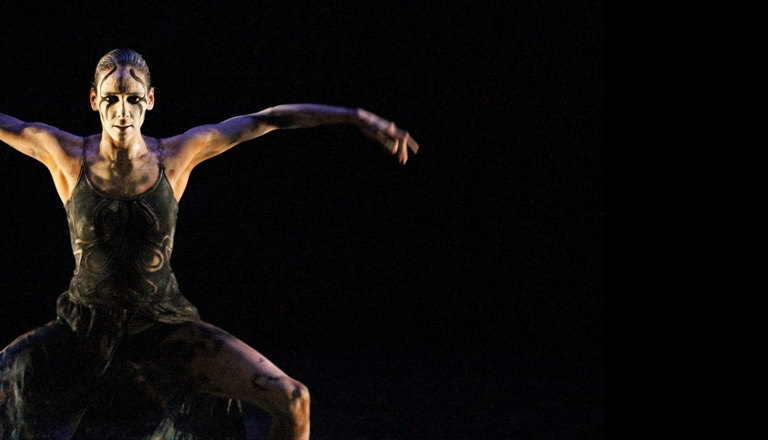Moth (2003)
Before Viewing
Note to teachers: Be aware that Indigenous students in your classrooms may share these understandings. Be open to discussing these ideas. Connect with your local Indigenous community to discuss and share their ideas about cultural life.
THINGS TO THINK ABOUT - FOR YEARS 3/4
What do students already know and what are some things that they can do?
- Provide the students with experiences of moving their body both individually and with others; showing awareness of their body in space and in relation to objects around them.
- Give students opportunities to raise their awareness of body position and understand the difference between different parts of their body moving in different directions, levels, shapes and pathways.
- Encourage children to move with another person, side-by-side and in front and behind.
- Check that children understand that movements can be used to explore and improvise dance ideas for example gliding like a bird, jumping in mud.
- Invite children to interpret meanings from watching dance and understand that when part of an audience it is important to concentrate on experiencing the dance by watching and listening.
Pose questions to expand their knowledge of the ideas the dance is based on.
- What kind of creature is a moth and what does it look like?
- Can you find the Aboriginal or Torres Strait Islander word for moth?
- What is metamorphosis?
- What are the stages in the life cycle of a moth? Eg, caterpillar, pupae, adult.
Pose questions that expand students’ knowledge about where and how Aboriginal and Torres Strait Island people live. Expand students understanding that contemporary Indigenous people participate in all facets of the community and as artists they choose to communicate ideas on based on traditional stories including those relating to animals that represent spirits. ATSIHC
THINGS TO THINK ABOUT - FOR YEARS 5/6
What do children already know and what are some things that they can do?
- Encourage students to experience moving their body both individually and with others; showing awareness of their body in space and in relation to objects around them.
- Give them opportunities to develop an awareness of and an ability to isolate different parts of their body with specific actions and gestures.
- Ask student to make contrasting shapes with their body (curved/angular, symmetrical/asymmetrical)
- Assist students’ understanding that movements can be used to explore and improvise dance ideas by controlling and combining different movement qualities; changing the size and shape of movements and following pathways on the floor and in the air.
- Assist student practice controlling movement by pausing, and using contracting qualities (smooth and sustained, percussive and sharp)
- Have students form groupings such as lines or group shapes, and lead or follow other in these groupings – close together and far apart.
- Check that students are aware that hey can interpret meanings from watching dances that can tell a story.
- Encourage student’s recognition that people from different cultures dance and may have different reasons for dancing.
- Assist students to understand that when being an audience member, it is important to concentrate on experiencing the dance by watching and listening.
Pose questions to expand their knowledge of the ideas the dance is based on.
- What does a moth look like and how does it move?
- What is metamorphosis and what are the stages in the life cycle of a moth?
Expand students understanding that contemporary Indigenous people participate in all facets of the community and as artists they may choose to communicate ideas on based on traditional stories including those relating to animals which represent spirits. ATSIHC
Based on the Australian Curriculum, Assessment and Reporting Authority (ACARA) Level 3 statements from the Critical and creative thinking continuum for generating ideas, possibilities and actions, Reflecting on thinking and processes and Analysing, synthesising and evaluating reasoning and procedures areas. Licensed under a Creartive Commons Attribution-NonCommercial-ShareAlike 3.0 Australia (CC BY NC SA) licence. Accessed June 2013.

